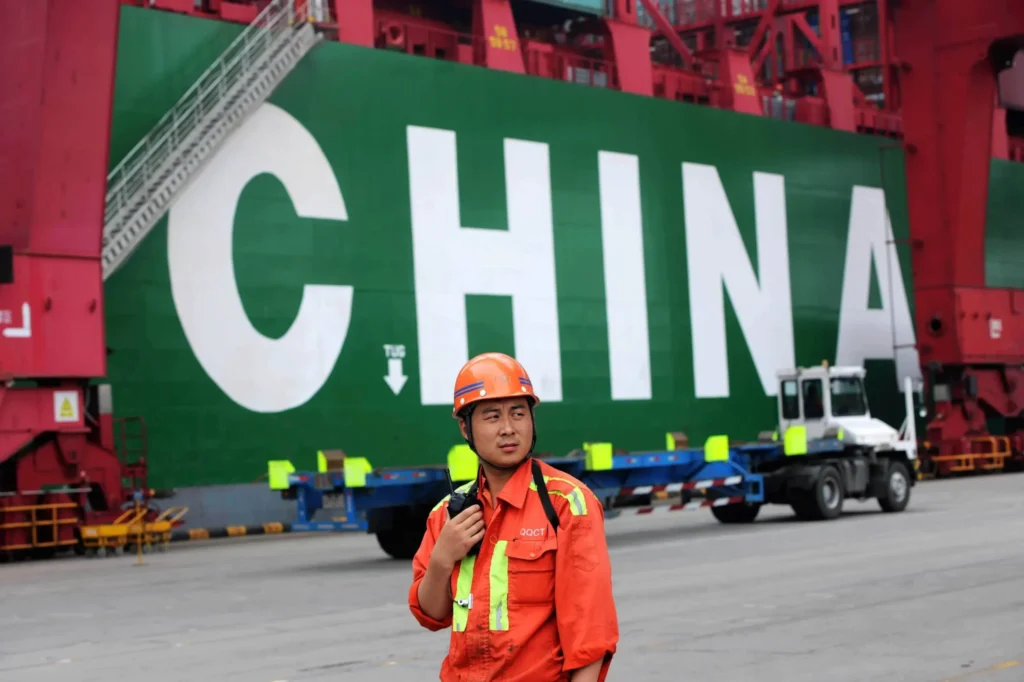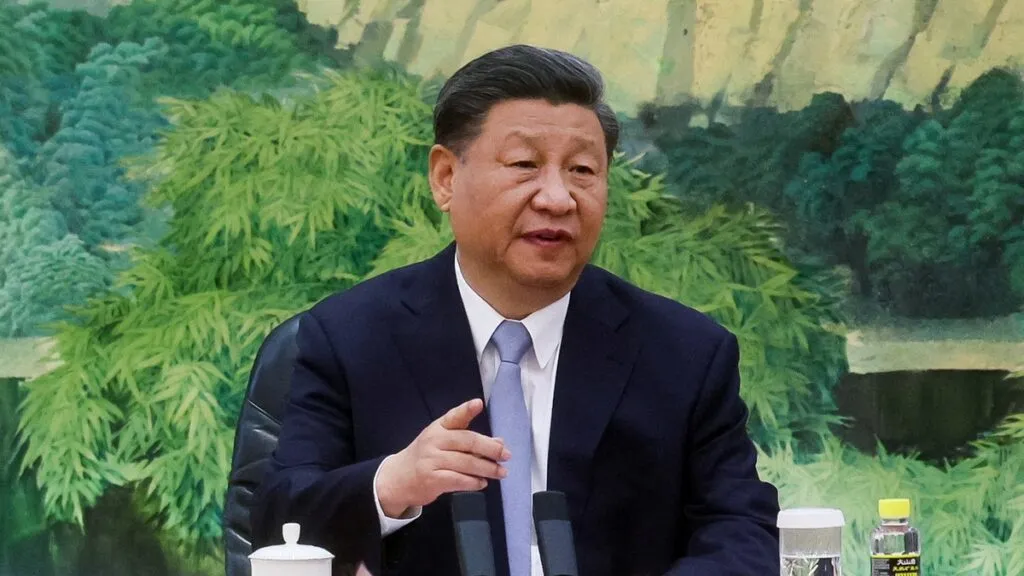China’s 2023 economic report revealed a story of contradictions. On the surface, the world’s second-largest economy hit its official 5.2% growth target, marking a slight uptick from the third quarter. Beijing lauded the accomplishment, calling it “hard-won.” Yet, beneath the celebratory headlines lay a reality far shakier than official pronouncements suggested. The recovery, once envisioned as a robust post-pandemic bounce, had morphed into a patchy, uneven climb, shrouded in anxieties about the future.
China’s 2023 Economic Report
The optimism that buoyed earlier projections quickly sputtered out as the year unfolded. Consumer confidence remained tepid, weighed down by a deepening property crisis, mounting deflationary risks, and sluggish global growth. Businesses, grappling with uncertainties, hesitated to expand or hire, adding to the gloom.

From Optimism to Gloom
“The recovery from COVID — disappointing as it was — is over,” declared China Beige Book International, a private data collector, echoing the sentiment of countless analysts. “Any true acceleration (this year) will require either a major global upside surprise or more active government policy.”
Indeed, a closer look at the numbers laid bare the fragility of the situation. Q4 GDP witnessed a meager 1.0% growth quarter-on-quarter, a significant deceleration from the previous quarter’s 1.5%. December data painted a bleaker picture, with retail sales growth slowing and investment remaining sluggish. Only industrial output showed a flicker of strength, offering a lone candle in the dim room.
China’s Real Estate Crisis

Perhaps the most alarming indicators came from the beleaguered real estate sector. December saw new home prices plunge at the fastest rate in nearly a decade, marking the sixth consecutive month of decline. Property sales and new construction starts nosedived, reflecting the devastating impact of debt-saddled developers and their stalled projects. This domino effect on consumer confidence further darkened the economic outlook.
Investors responded with sharp selloffs, sending Chinese stocks and yuan tumbling as anxieties over additional stimulus measures mounted. While fiscal and monetary tools remained plentiful in the government’s arsenal, worries about fueling further debt burdens or exacerbating inflation anxieties kept the taps mostly shut.
China’s Economic Vulnerabilities
“At present, our government debt level and inflation rate are both low, and the policy toolbox is constantly being enriched,” reassured NBS chief Kang Yi. “There are conditions and space for intensifying the implementation of macro policies.” Yet, his words failed to dispel the growing skepticism about the efficacy of traditional stimulus measures in tackling the deep-seated structural issues plaguing the economy.
China’s dependence on debt-fueled investments and infrastructure, its overcapacity in certain sectors, and a still-nascent consumer market were vulnerabilities waiting to be exposed. Simply throwing more money at the problem seemed likely to yield diminishing returns.
Beyond the headline numbers, other troubling details emerged. The youth unemployment rate, a figure withheld for five months, resurfaced at a staggering 14.9%, highlighting the challenges faced by a generation entering the workforce. The demographic picture wasn’t much brighter, with China’s population shrinking for the second consecutive year, raising concerns about long-term growth potential.
China Grapples with Deflation and Export Concerns in 2024
As China trudges into 2024, the challenges loom large. Deflationary pressures persist, export growth shows signs of faltering, and factory activity remains lackluster. Even achieving the same 5.2% growth target set for this year appears daunting. Analysts paint a grim picture of a renewed slowdown later in the year, casting a long shadow over the country’s economic future.
Also Read: HDFC Bank Q3 2023-24: A Deep Dive into Strong Profits, Growth Metrics, and Key Takeaways
China’s 2023 economic performance was a bittersweet tale. While hitting the official target, the cracks beneath the surface exposed profound vulnerabilities and a trajectory far less inspiring than official pronouncements suggested. The road ahead is uncertain, and the need for innovative, targeted solutions to address the structural problems holding the economy back has become more pressing than ever. Only then can China truly emerge from the shadow of these contradictions and forge a path towards sustainable, inclusive growth.

Your article helped me a lot, is there any more related content? Thanks!